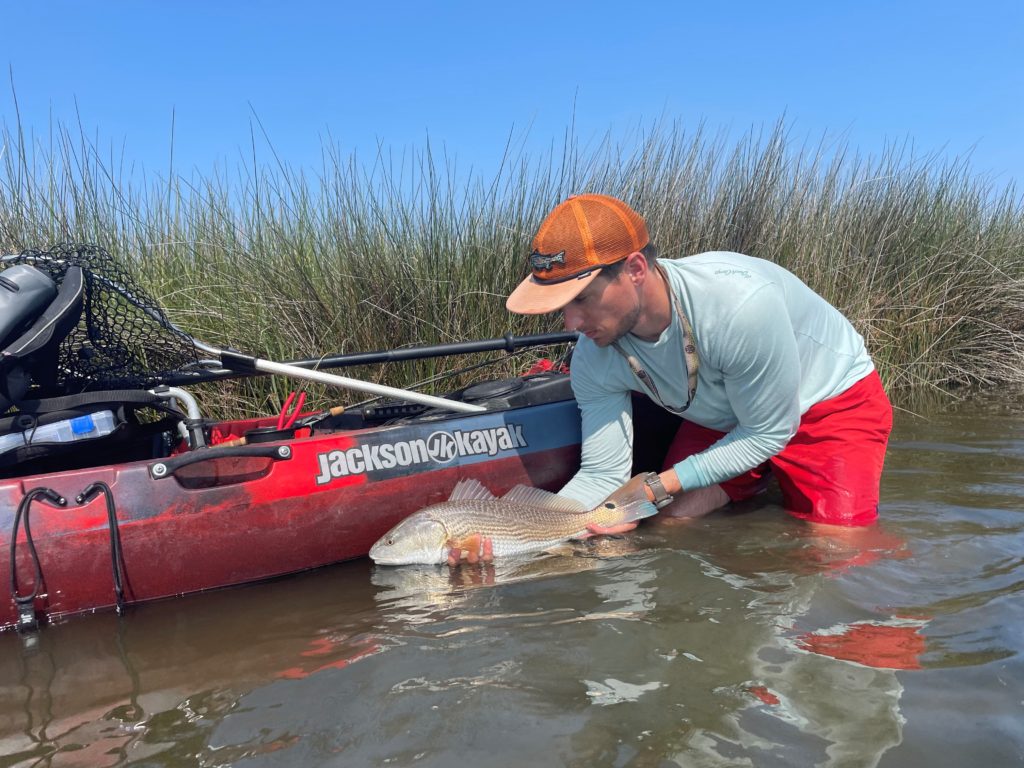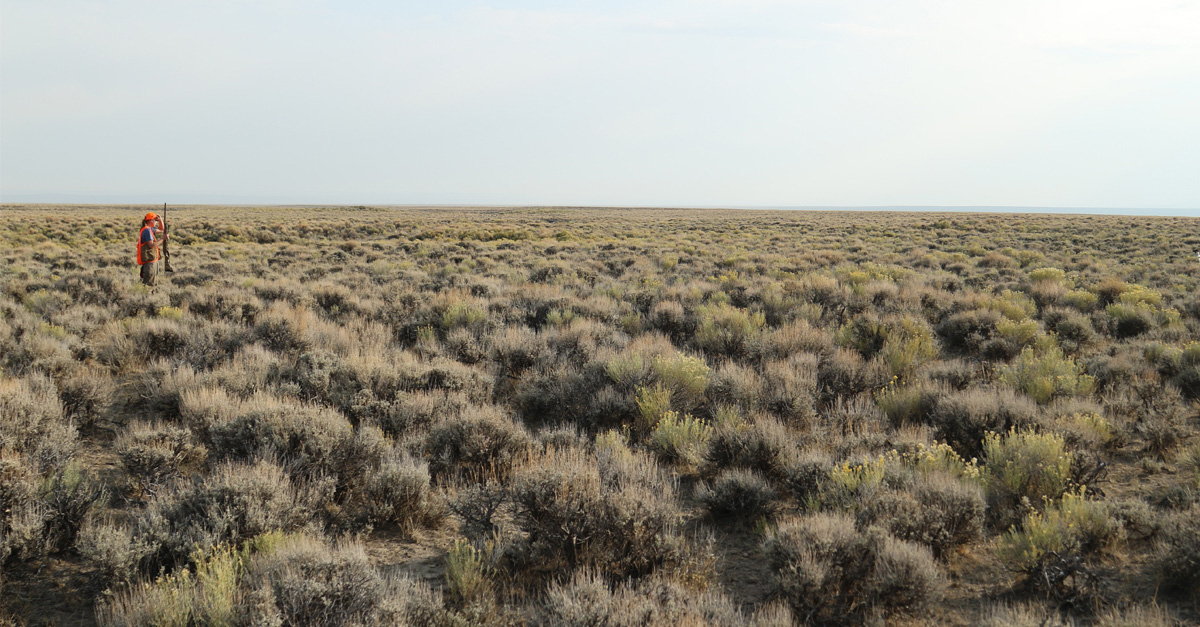Add this to all the other reasons we love and need healthy wetlands
Have you ever wandered through a maze of tidal creeks and marshes searching for tailing redfish or a bait-busting school of striped bass? Maybe you prefer a duck blind on a crisp fall morning, as the sun finally peeks over the horizon and the smells and sounds of the marsh come alive? If you answered yes, then you—like me and millions of other hunters and anglers—have benefitted from healthy coastal habitats.
But these wetlands have even more to give.
What has only been recognized recently is the key role these habitats play in the fight against climate change. This is because salt marshes, mangroves, and seagrass beds have the acute ability to capture and store carbon dioxide and other greenhouse gases from the atmosphere. We call this blue carbon, a simple concept that has immense benefits. In fact, some blue carbon ecosystems sequester carbon at 10 times the rate of mature tropical forests per unit.
Thankfully, blue carbon has become more than just a buzzword as the science to quantify carbon storage has matured significantly in the last decade. Leaders are taking note, too.
Legislation that puts an emphasis on the need to protect and restore blue carbon habitats has been moving through Congress with bipartisan support. Earlier this year, Representatives Suzanne Bonamici (D-Ore.), Brian Mast (R-Fla.), Bill Posey (R-Fla.), and Don Beyer (D-Va.) introduced the bipartisan Blue Carbon for Our Planet Act. Rep. Jared Huffman (D-Calif.) followed suit with the Blue Carbon Protection Act in June 2021.
Shortly thereafter, Representatives Huffman and González-Colón (R-P.R.), along with Senators Ben Cardin (D-Md.) and Lindsey Graham (R-S.C.), introduced legislation that would reauthorize and increase funding for the U.S. Fish and Wildlife Service Coastal Program, including up to $1 million for states and territories to restore coastal wetlands.
Now, as Congress moves ahead with the budget reconciliation process, elected officials are stepping up by proposing $9.5 billion in funding for the National Oceanic and Atmospheric Administration (NOAA) to protect and restore coastal habitats nationwide, including support for the design and implementation of blue carbon projects.

Blue Carbon Benefits Beyond Climate
Beyond mitigation, there are a myriad of co-benefits for fish and wildlife, too. Mangroves are imperative for juvenile bonefish and tarpon growth and survival. Salt marshes provide critical habitat for migratory birds and young salmon. Crabs rely on seagrass for protection and spawning. The list goes on and on. Hunters and anglers depend on these coastal habitats to pursue our passions, too.
Wetlands and salt marshes are also our first line of defense in the face of severe storms, acting as sponges to both absorb and filter flood waters before they can reach our homes and businesses. Meanwhile, mangrove forests and other natural barriers protect roads, bridges, and homes from being inundated by storm surge and rising seas.
Damaged wetlands can’t provide these benefits and, worse, fail to filter essential sources of drinking water. That’s why restoration is incredibly important in places that are already facing environmental challenges, like the Everglades.
According to the National Institute of Building Sciences, for every $1 we spend on mitigation, we save $6 on recovery efforts. More often than not, natural infrastructure or nature-based solutions are more cost-effective and outperform their grey-infrastructure counterparts.
The economic value of blue carbon, therefore, is not only in the greenhouse gas it stores in the ground, protecting our planet and our outdoor recreation pursuits from the impacts of climate change, but also in the damage they prevent.
With 40 percent of the U.S. population living in estuary regions, and 47 percent of our country’s economy coming from the coast, protecting and restoring coastal blue-carbon ecosystems has never been more important. The recent Intergovernmental Panel on Climate Change (IPCC) Sixth Assessment Report estimates that we should expect no less than six feet of sea-level rise by 2100 and that storms will continue to become more intense. This report also left no doubt that climate change is affecting the places where we hunt and fish.
Time is running out to put much-needed funding on the ground and get millions of Americans to work conserving and restoring our most valuable coastal assets—our neighbors, homes, livelihoods, and, for many, our favorite fishing and hunting spots.
Rob Shane is the Communications Manager for Restore America’s Estuaries. He is an avid fisherman based in Northern Virginia and spends his free time chasing anything that swims in the Chesapeake Bay watershed.
Top photo courtesy of Everglades National Park via Flickr.







Excellent blog, Rob. I learned a bit today. Being mindful that we need to look beyond the obvious is imperative in creating sound action plans. Your article is an excellent example that should be shared. I’m also excited to see bipartisanship at work here. Hope you are well. I know you’ve doing good things.
Tom